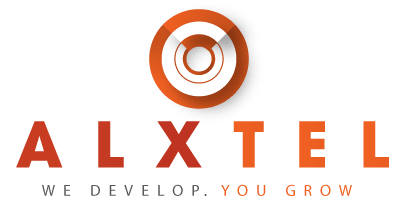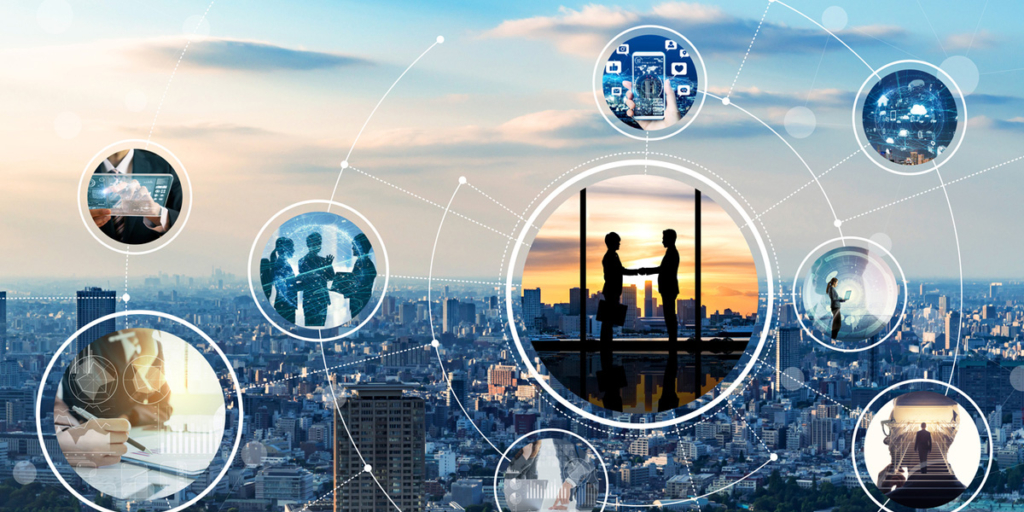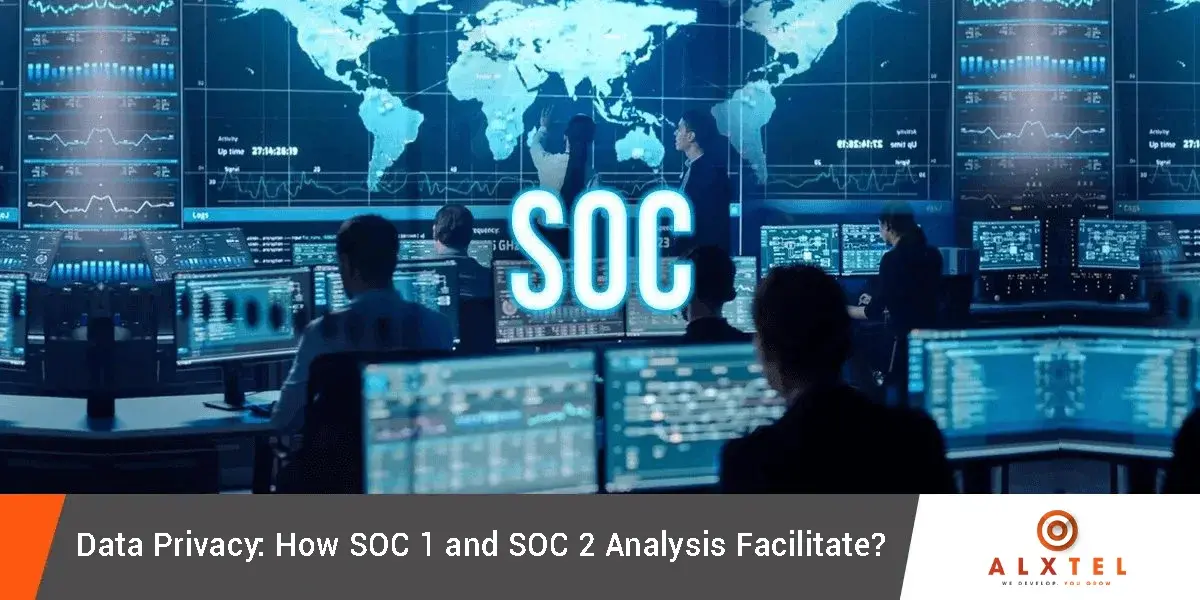Application Modernization: Its Importance and How to Approach It
The importance of aligning IT more closely with your current business needs cannot highlight. Companies today spend countless hours—and most of their tech budget, on keeping their legacy systems running. Also, it is like trying to keep an old, outdated car that has done its time running. While the car may still be mobile, it lacks modern features, is horrendously slow, and requires a good amount of your time and money to stay on the road.
IT legacy
Wouldn’t you be better off just buying a new car? The thing about legacy IT is that it is filled with unnecessary complexity and cost and there’s nothing simple or straightforward about it. Legacy systems hinder innovation and productivity, which adds to your IT and business costs. Such as there is also the continuing cost of maintaining the systems, which consumes most of the budget that a business has allocated to IT. So, how can organizations and IT teams get out of this situation? “Modernizing” legacy systems would be the obvious choice here. Modernizing a legacy system, also known as application modernization, is refactoring, re-purposing, or consolidating a legacy system. The purpose of this is to align the legacy system more closely with current business needs.
In addition, with application modernization, you can now create new business value from existing systems. However, the process of legacy modernization is a complex one and it can take several months, or even years, to migrate to a new, modern platform. This is because of the issues and challenges in modernizing legacy systems. What are these issues and challenges?
Issues and Challenges in Modernizing Legacy Systems
While it can be hard to part with legacy hardware or software that you are getting. Eventually, you have no choice but to modernize your legacy system. While modernizing legacy systems is a good thought, it can be a bit of a challenge. However, this is especially true if your legacy system has existed for more than a decade. While you try to carry out the modernization process. Whereas, you are likely to come across several challenges and issues. Following are some of the most common challenges and issues in modernizing a legacy system:
Challenges and issues
- Legacy systems feature an outdated program or platform. Also, this can make it difficult for IT to migrate the data to a more recent platform. Often, streamlining the modernization process requires a new set of equipment and training sessions that teach about the new platform.
- Modernizing legacy systems can be daunting, especially if your organization has more than one legacy system. Generally, migration of data to the new platform from the legacy system would be carried out in phases rather than at once. Also, validation that requires for several operational activities. These include bringing in new systems during the interim phase and providing data duplication, complete business coverage with fully serviceable overlapping functionality, and temporary systems for bridging legacy. This can be a challenge on its own.
- Costing you both time and money, application modernization can be an expensive exercise. You need to make significant investments and dedicate a considerable amount of your time to modernize a critical legacy system. A complex legacy system could take years to modernize, and then there’s the risk of encountering unforeseen circumstances in the process.
The 3 Approaches to Application Modernization
As stated earlier, application modernization can be a complex process. The degree of difficulty varies based on the modernization approach you use. There are several approaches to application modernization and you need to choose one that is right for your company’s needs and goals. To help you make a good decision, the following are the most common approaches to application modernization with their pros and cons.
Pros and Cons
- This approach to application modernization does not update the old applications but still creates new, modern-looking interfaces for your legacy applications. We are obtaining this by scraping information off your legacy applications and presenting it in a graphical interface. While screen-scraping can help you to quickly and affordably modernize legacy applications, it does not actually modernize your applications, which means that you will have to maintain not just your underlying applications but also the applications that have been screen-scrapped. This makes maintenance of your applications more difficult, time-consuming, and expensive.
It also includes
- This involves converting old applications written in old programming to a modern programming language. This is a quick way that convert an old code into modern code without having to learn a new language. Mainly the problem with this approach is that it doesn’t change the structure of the old application, which leads to limited application capabilities and difficulty in maintenance.
- As the name suggests, rip-and-replace is an approach to application modernization that gets rid of your old applications. Also replace them with new, modern applications made from scratch. This is perhaps the best approach to align IT with business and address your current business needs. Additionally, it leaves you with applications that are easy to maintain and scale as your organization grows. The only disadvantage of this approach is that building new applications from scratch can be time-consuming.
Understanding Collaboration and Communication
The fact that collaboration and communication are so close, makes them so hard to distinguish at times. Even the “collaboration tools” we see on the market today can blur the definitions a little. After all, Slack is often touted as a collaboration tool, but sending someone a message on Slack doesn’t mean you’re collaborating. The option to collaborate is available, but you need to act if you want to go beyond communication.
Ultimately, collaboration in the modern workforce is about providing an avenue for employees, executives, or anyone else in a business to work together on the same project – no matter where they are. While today, the conversation about “collaboration” is heating up. Also, it’s important to remember that communication will always be an underlying ingredient of good collaboration. Moreover, without communication, we’d be left with multiple people working on their own versions of a project using the same tool. Lastly, communication provides the insight and knowledge to connect minds across the workforce.
Need support? You are our priority, We’ve got you covered.
Rapid response time to service requests, responding to all customer feedback to get in touch.
Our goal is to supply you with the best possible customer service across all our products and solutions. We look forward to helping you make the most of your AlxTel platform.









